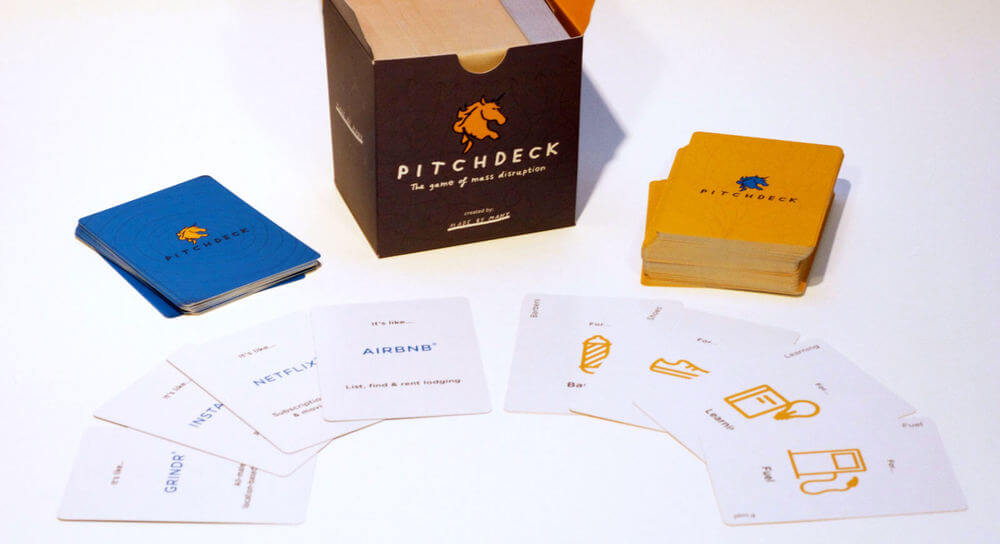Thinking about design with some help from Carl Rogers
As designers here at Made by Many, our work involves balancing a number of things: technology requirements, brand identities, business goals and, of course, the needs of the user. All design involves listening, but it's particularly in the latter where empathic listening is important – listening to users and placing them at the centre of the work, considering how they might react, feel about, or act on something we create. Empathy is talked about a lot as a central imperative of design, and that's why it's interesting to read what the pioneering psychologist Carl Rogers wrote about the subject.
In the 1960s Rogers founded the “person-centered” approach to psychotherapy, and some of the central elements of his theory – such as the idea of “unconditional positive regard” for the client, and the necessity of “congruence” between analyst and client – have some overlap to the work of effective design. Of course, we're not saying that designers need to act as therapists to users – but we do need to understand them deeply, and as far as possible to enter into their worlds.
Here are a few quotations from Rogers' work, which explain this overlap. Perhaps it will illuminate your own thinking about the relationship between you as designer and the users for whom you're designing.
What does being empathic mean? Rogers wrote: "To be with another in this way means that for the time being you lay aside the views and values you hold for yourself in order to enter another's world without prejudice. In some sense it means that you lay aside your self and this can only be done by a person who is secure enough in himself that he knows he will not get lost in what may turn out to be the strange or bizarre world of the other, and can comfortably return to his own world when he wishes. Perhaps this description makes clear that being empathic is a complex, demanding, strong yet subtle and gentle way of being.”
And how about active listening? Rogers said: “When functioning best, the therapist is so much inside the private world of the other that he or she can clarify not only the meanings of which the client is aware but even those just below the level of awareness. This kind of sensitive, active listening is exceedingly rare in our lives. We think we listen, but very rarely do we listen with real understanding, true empathy. Yet listening, of this very special kind, is one of the most potent forces for change that I know.”
Try substituting “user” for “person” in this quote: “A person is a fluid process, not a fixed and static entity; a flowing river of change, not a block of solid material; a continually changing constellation of potentialities, not a fixed quantity of traits.”
Meanwhile, it's easy for designers to think they have a solution to a perceived design problem, only for that solution to be contradicted by evidence presented in research. Rogers described that dynamic: “If I let myself really understand another person, I might be changed by that understanding. And we all fear change. So as I say, it is not an easy thing to permit oneself to understand an individual.”
This quote is illuminating, given how much content, apps and data are competing for the average user's attention: “I believe that individuals nowadays are probably more aware of their inner loneliness than has ever been true before in history.”
And finally, maybe most user research doesn't or can't go as deep as this, but it's always the designer's job to listen as closely as possible to the user: “So I have learned to ask myself, can I hear the sounds and sense the shape of this other person's inner world? Can I resonate to what he is saying so deeply that I sense the meanings he is afraid of, yet would like to communicate, as well as those he knows?”
If you want to find out more about Rogers' work, “On Becoming A Person”, a collection of his lectures, is really worth reading.
Illustrations by Sam Small









